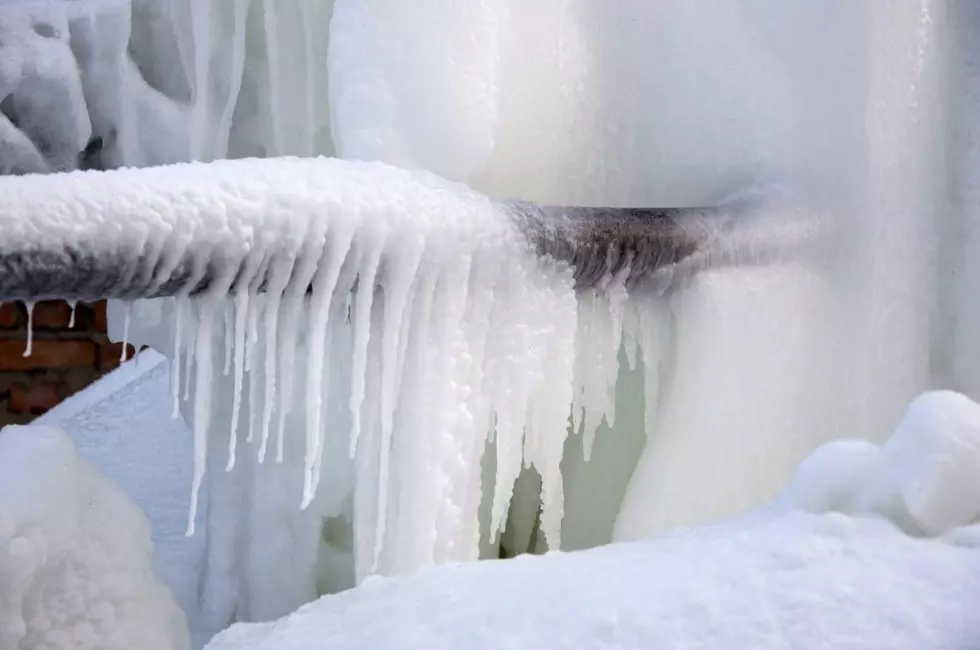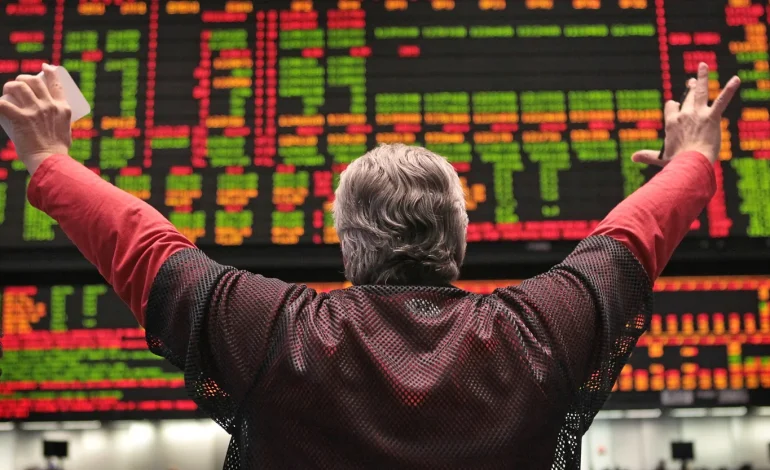The yield curve for US Treasury securities briefly normalized on Wednesday, marking a reversal of the previously inverted state that had raised concerns about a potential recession, CNBC reports.
For the first time since June 2022, the 10-year Treasury yield surpassed the 2-year Treasury yield, with both yields hovering around 3.79%. This shift follows recent economic reports indicating a significant decline in job openings and dovish remarks from Atlanta Federal Reserve President Raphael Bostic.
An inverted yield curve, where shorter-term interest rates are higher than long-term rates, has historically been a reliable recession indicator. The inversion typically signals expectations of slower economic growth. In this instance, the normalization of the yield curve reflects a reversion to a more typical relationship between short-term and long-term interest rates.
However, experts caution that the normalization of the yield curve does not necessarily indicate an immediate improvement in economic conditions. Quincy Krosby, chief global strategist at LPL Financial, noted that while the normalization might seem positive, it often occurs as the economy enters or is already in a recession.
“The yield curve will normalize as the economy actually does go into a recession or is in a recession simply because the Fed is going to be cutting rates,” Krosby explained.
This market movement follows a Labor Department report revealing a drop in job openings to below 7.7 million, nearly aligning supply and demand after a period of significant imbalance. Previously, job openings had greatly exceeded labor supply, contributing to high inflation rates. Additionally, Bostic’s comments suggested that the Federal Reserve might consider rate cuts despite inflation remaining above the central bank’s 2% target.
The Federal Reserve has maintained its benchmark rate at its highest level in 23 years, ranging between 5.25% and 5.5% since July 2023. Lower interest rates are generally expected to stimulate economic growth.
While the 2-year and 10-year yield curve is closely monitored, the Fed pays more attention to the relationship between the three-month and 10-year yields. This segment of the curve remains steeply inverted, with a gap of over 1.3 percentage points, signaling ongoing economic uncertainties.









